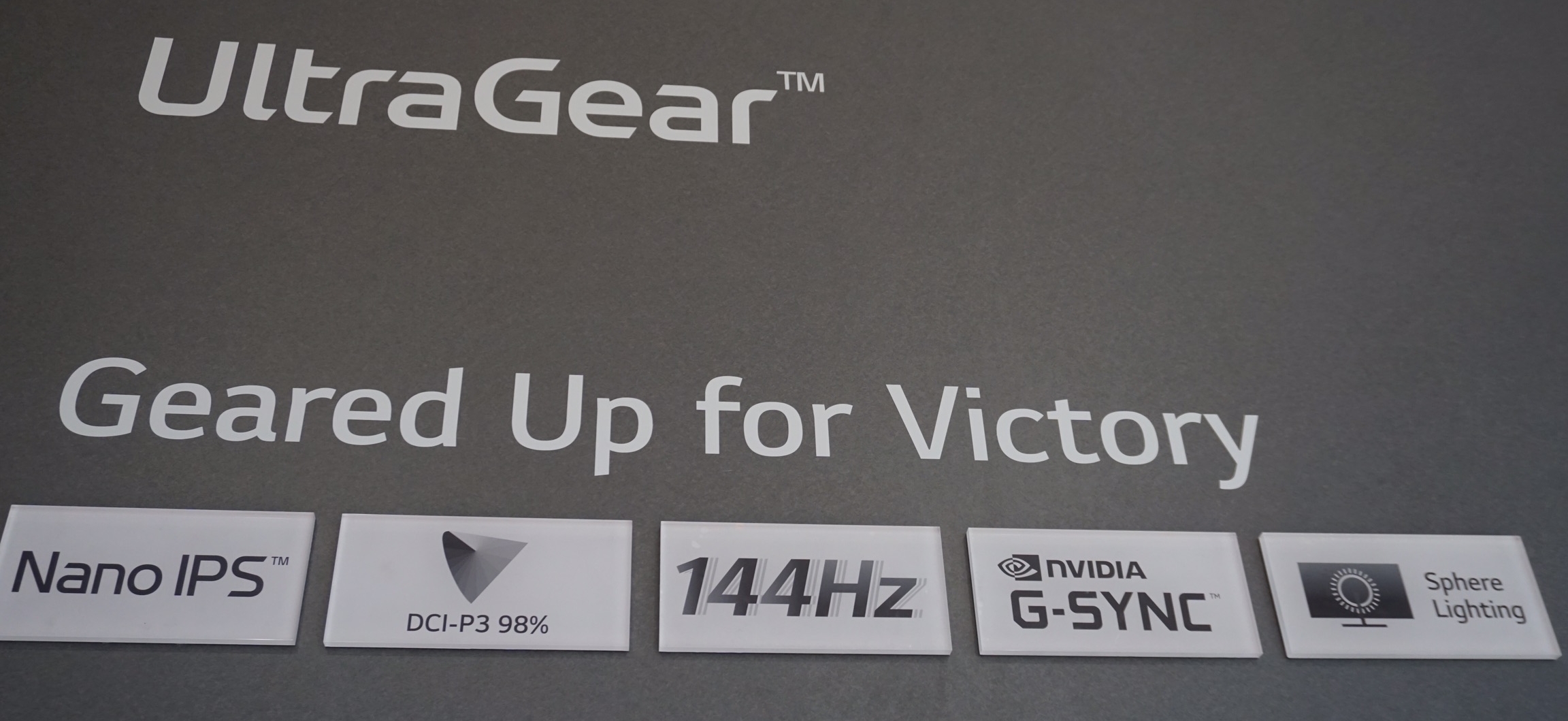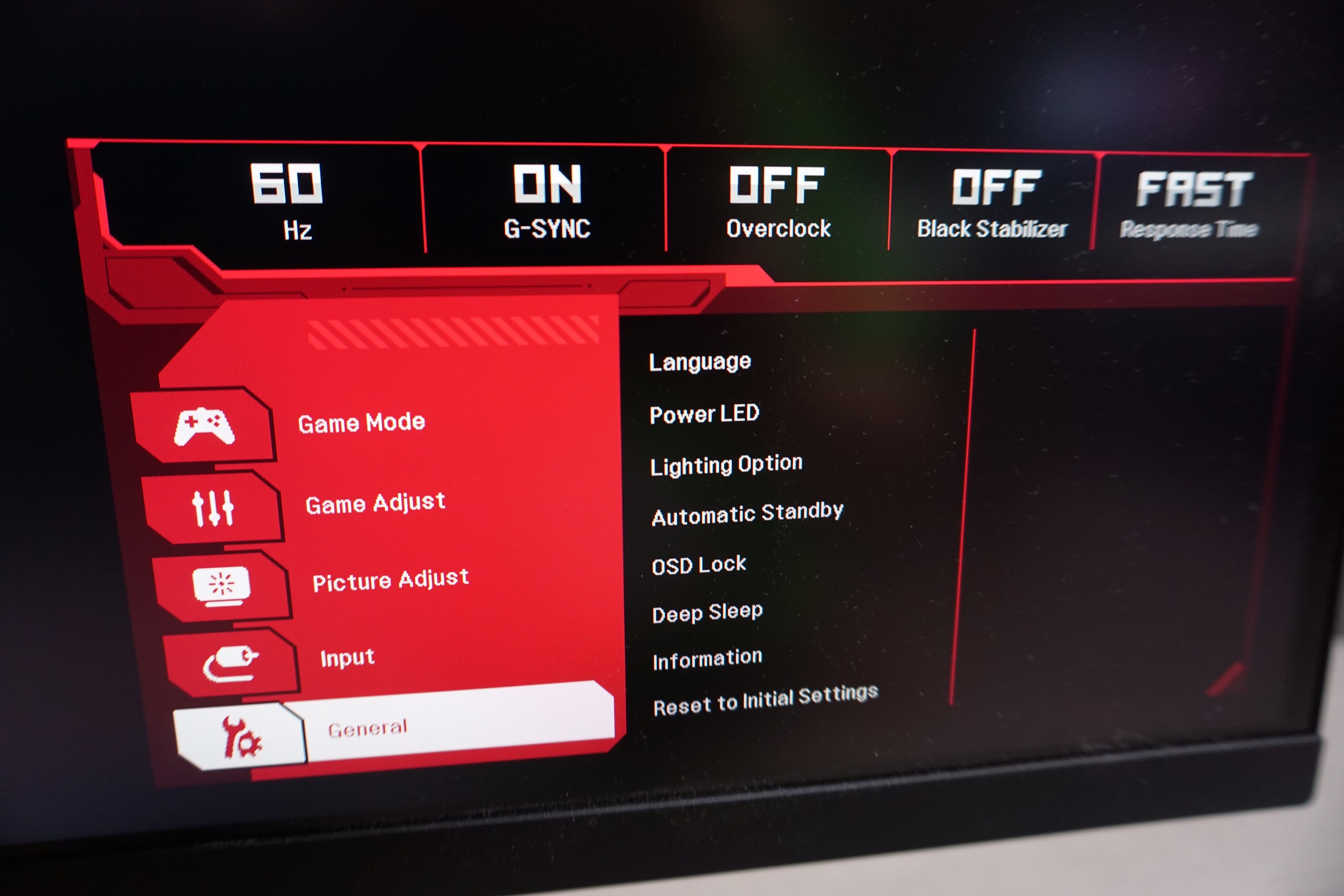@spoffle
You were getting worked up over nothing, so I had no interest in continuing that discussion without you providing the source. I'm glad you now did. Thank you. I thought you might have inaccurately paraphrased something but it looks like you reproduced it almost exactly (the original is actually worse).
Unfortunately, that leaves me in the exact same position. It really makes no difference whether the statement comes from you or someone at PCWorld. It also makes no difference how much I like or dislike a comment. It still makes zero sense. I'm a software engineer, I have a degree in electronics and I know a little bit about the controllers in monitors. I'm probably wrong more often then I'm right, but with my background I can often correctly identify the things that make no sense. Identifying accurate statements is far more difficult, but this isn't:
So,
12 FreeSync panels would turn on
G-SYNC?!*"? FreeSync panels lack the hardware is necessary for G-SYNC, so straight off the bat we can say it's at least inaccurate. The rest is so poorly written I doubt it's intelligible to anyone who doesn't already know what the author is trying to say (assuming the author himself actually understood). This is how that sentence should have been written:
Of the 400 FreeSync panels nVidia tested, only 12 achieved a G-SYNC-Compatible certification. NVIDIA's drivers will only activate VESA adaptive sync for certified panels. Uncertified panels will require a manual override.
While in some ways similar, that's an entirely different statement. That's also in line with what every other outlet is reporting. In contrast to what PCWorld wrote, that does actually make sense.







